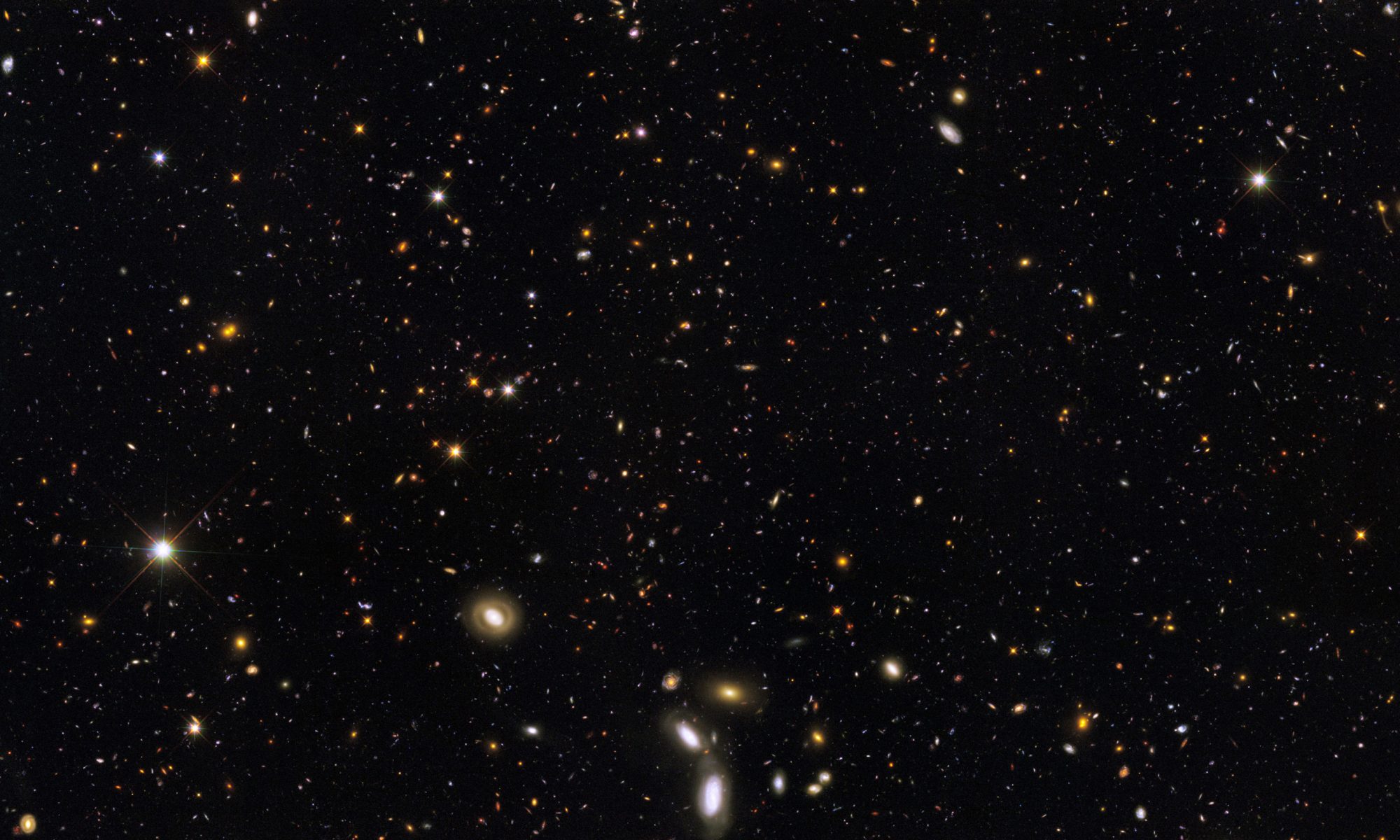Indigo Moor’s collection, for an eighty-page group, feels as though he has written several separate collections. All four sections read easily on their own, almost as if a chapbook, and this makes me question the poet’s decision to present them as a cohesive unit, as opposed to collected chapbooks. For example, the section “Daybreak” focuses on long (two to three page), slender poems with some creative indentation, and what must be a variety of ekphrasis, although the dedications and other ephemera do not always provide clarity to this. “Midday,” on the other hand, offers a series of ekphrastic poems in response to one painting, and which offer an equal split between controlled couplets and more free-formed poems as in “Daybreak.” The final section in Moor’s collection, “Dusk,” contains a series of longer poems which border on stream-of-consciousness, though they are more controlled than that. From this wide perspective, as a reader, I am left confused as to the reasoning of these seemingly arbitrary delineations.
Continue reading “Reflection Through the Stonecutter’s Window”
